Nathalie Laforge – 18/12/2024
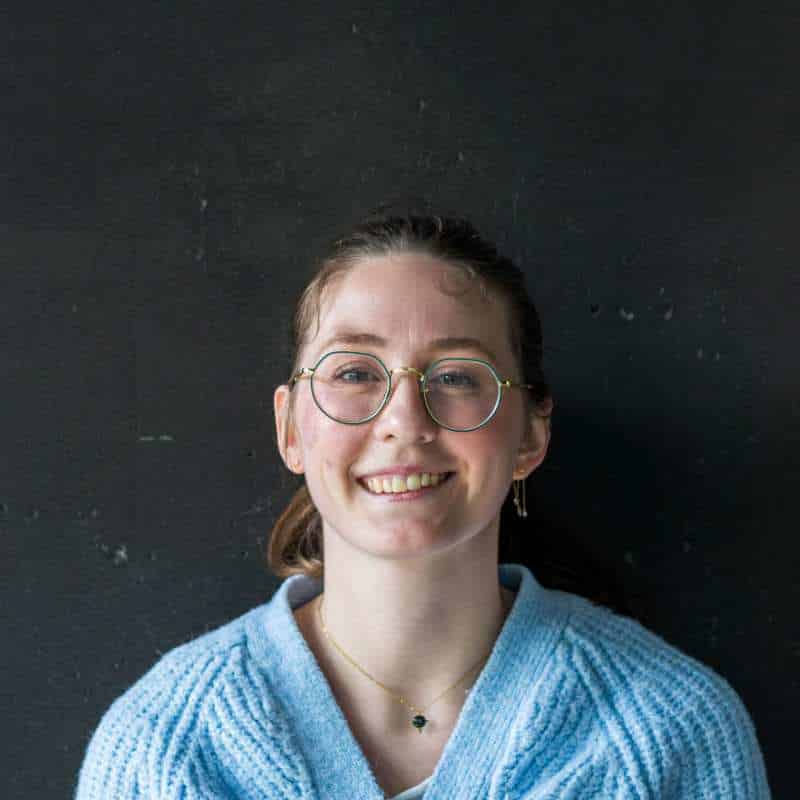
Construction and directed evolution of mutualistic synthetic consortia of Bacillus subtilis
Claire-Jing Rouchet – 27/11/2024

The effect of membrane fluidity on cell wall shape and elongation in Bacillus subtilis
Anaïs Lemaire – 10/12/2024
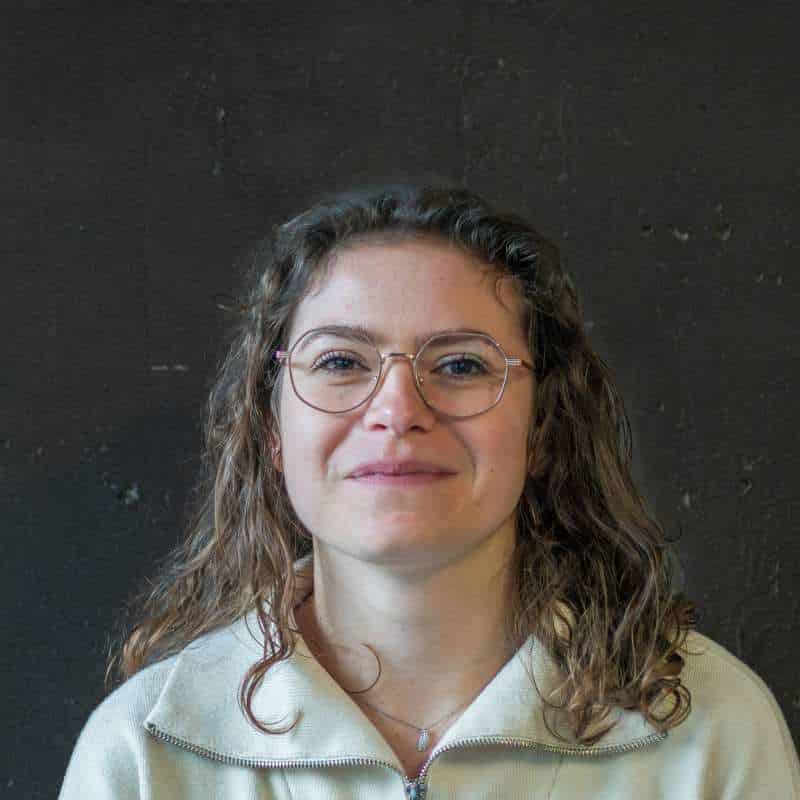
Caractérisation des biofilms in vitro et évaluation de la diversité génomique et de la transmission de Clostridioides difficile
Raphaël Charron – 25/11/2024

Impact of bacterial biofilm adaptation to biocides on antibiotic resistance
FabT, a Streptococcus pyogenes membrane lipid regulator that flips the switch between bacterial sur-vival and virulence
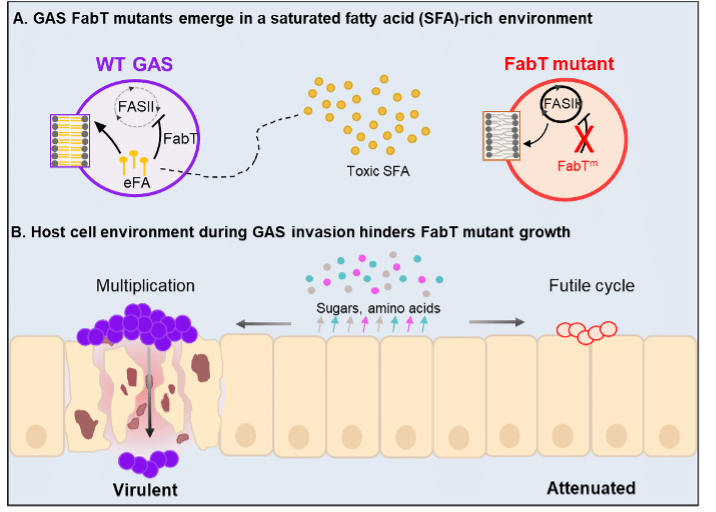
The pathogen Streptococcus pyogenes (Group A Streptococcus; GAS) causes severe infections with long-term sequellae. GAS infections account for 517,000 deaths annually worldwide. The research teams at the Cochin Institute (Bactéries et périnatalité; INSERM and CNRS) and at Micalis Institute (MicrobAdapt, INRAE) were intrigued by the presence of variants that emerged during experimental infections in primates, […]
Aquatic environment drives the emergence of cell wall-deficient dormant forms in Listeria
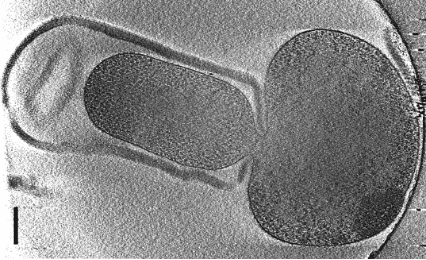
Bacteria can respond to environmental stresses by entering a dormant state called viable but non-culturable (VBNC) state. VBNC bacteria lose the ability to grow in routine culture media. Pathogens entering a VBNC state pose a significantly risk for human and animal health, as they are not detected by standard growth-based techniques, and can “wake up” […]
Guillermo Rodrigo – 17/10
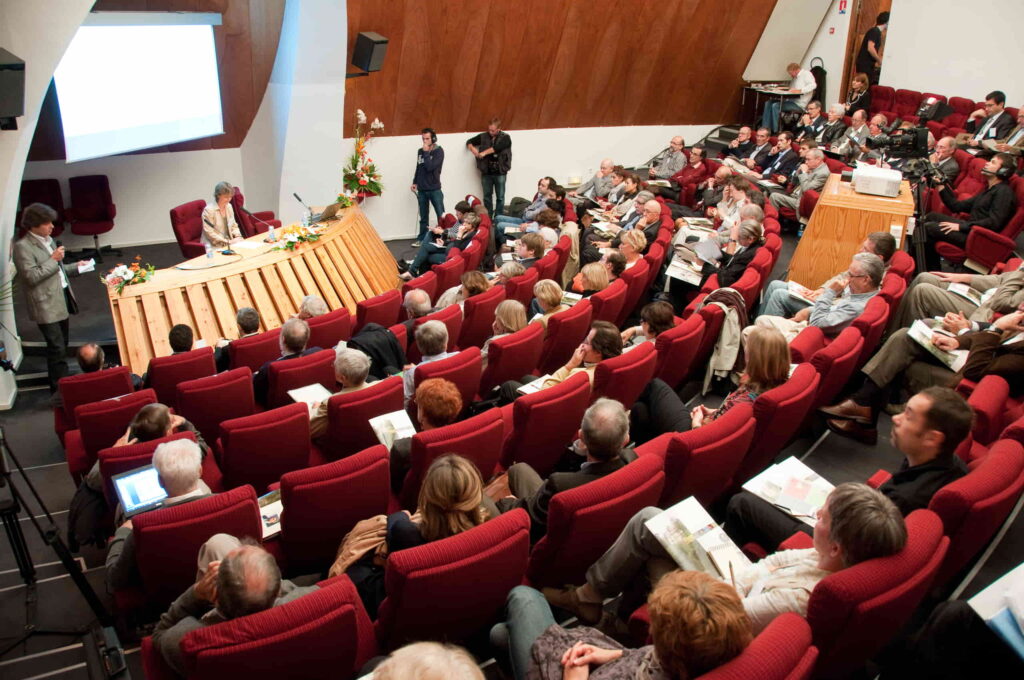
Engineering prokaryotic translation regulation with eukaryotic RNA-binding proteins
Ken-Ichi Yoshida – 21/10

Elucidation and application of the bacterial inositol metabolic system
B3D and Lallemand Animal Nutrition launch LabCom “Biofilm1Health”
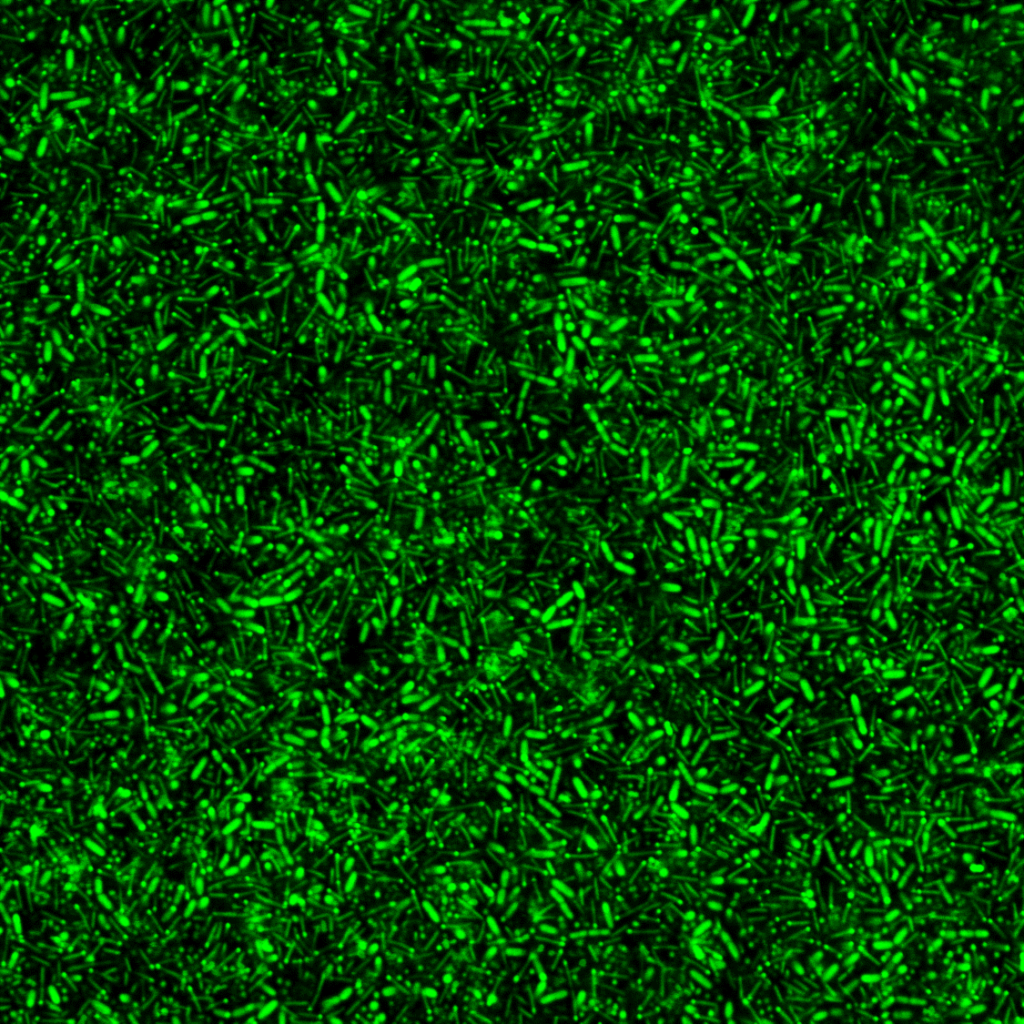
From livestock buildings to the International Space Station, and even in our toothbrushes, biofilms, composed of three-dimensional microbial communities, have colonized the environment since time immemorial. For over twenty years, the INRAE B3D team – Biofilms and Spatially Organized Communities – at the Micalis Joint Research Unit has been deciphering the functioning of these microscopic […]
Junichi Mano – 03/09

New Aspects of fermentation by KOJI, Aspergillus oryzae
